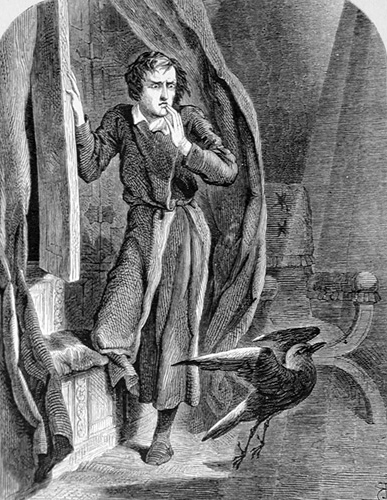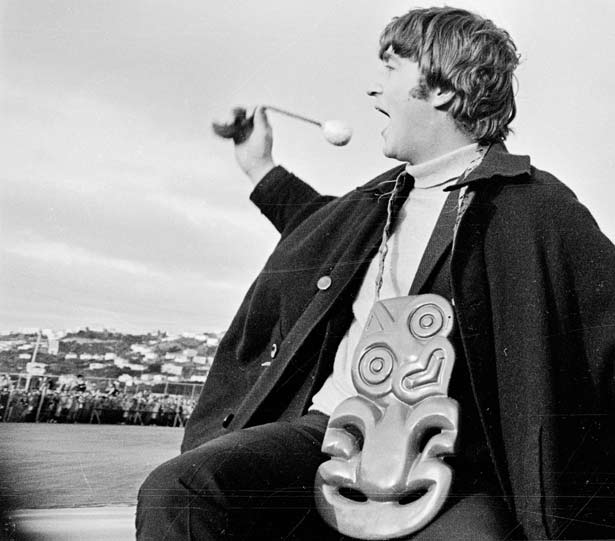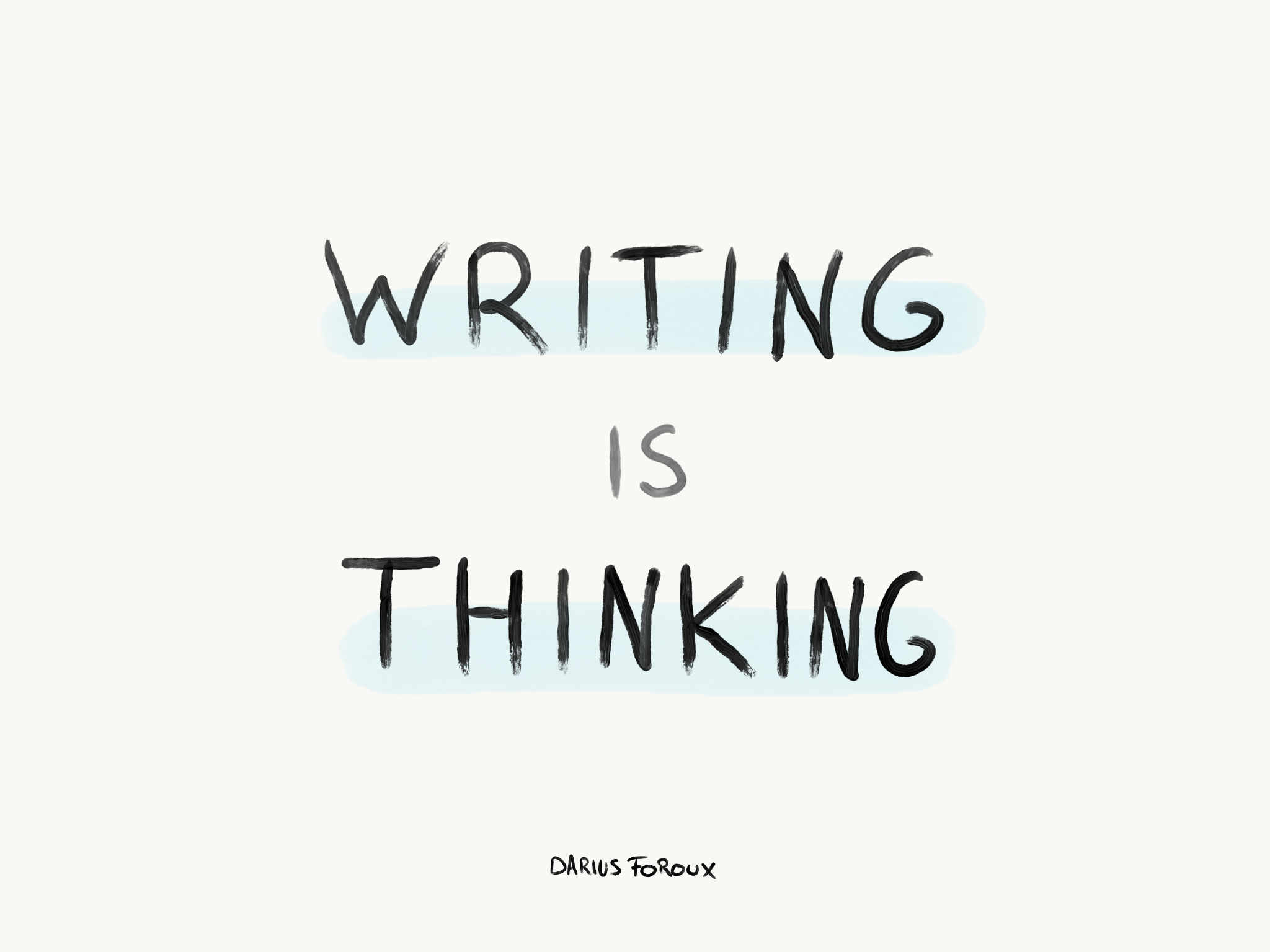Aim: To produce copper sulfate salt by reacting copper dioxide with an acid.
Hypothesis: By mixing sulfuric acid and copper oxide, a neutralization reaction would occur. Copper sulfate and hydrogen would form.
Equipment:
- Copper oxide powder
- Dilute (0.5 mol L-1)
- Sulfuric acid
- 50mL measuring cylinder
- 2 100mL beakers
- Hot plate
- Gauze mat
- Funnel
- Filter
- Paper
- Thermometer
- Spatula
- Evaporating basin
- Stirring rod
Method:
- Add 20 mL of sulfuric acid to a 100 mL beaker. Heat the acid until it reaches 70°C. Turn off your bunsen burner (in our case the hot plate).
- Once heated, use a spatula to add pea-sized portions of copper oxide to the beaker. Stir the mixture for 30 seconds.
- Repeat step 2 until no more will dissolve. Allow the beaker to cool.
- Fold the filter paper and place it in the funnel. Place the filter funnel into the second beaker.
- Make sure the beaker is cold enough to hold at the top. The contents should still be hot. You may need your teacher to complete this step.
- Gently swirl the contents of the beaker to mix, and then pour into the filter paper in the funnel. Allow to filter through.
- Rinse the beaker you used to heat the mixture previously, and place it back on top of your tripod filled with 50-60mL of water.
- Place the evaporating basin on top of the beaker and carefully pour some of the solution from the beaker into the evaporating basin.
- Gently heat the beaker until the solution in the evaporating basin has reduced by half.
- Leave the evaporating basin to cool. Once cool, move the evaporating basin to a warm place where it will not be disturbed (i.e. a window-sill) and observe over the next few days. Blue copper sulfate crystals should form.
Observations: As the mixture heated the colour changed. The mixture of sulfuric acid and copper oxide turned the mixture into a murky substance. The clear liquid-sulfuric acid- add copper oxide turned dark blue--filtered--lighter blue. Gasses were released, as told dangerous gases, which can blind the eyes. And so proper caution was taken
Name of the reaction occurring in step 2: The reaction is called neutralisation.










